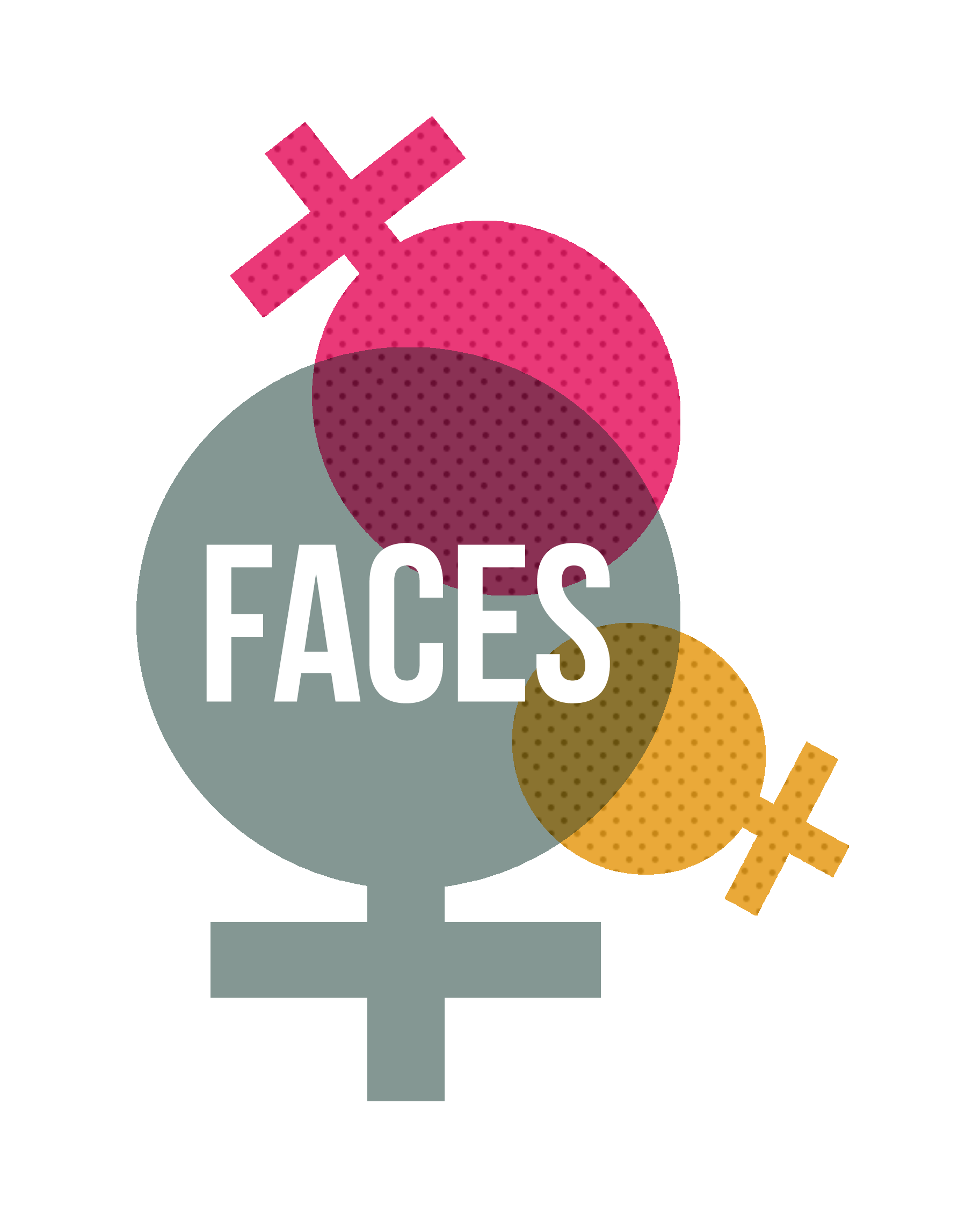They’re sweet, smooth, earthy and less acidic; but not as complex. Beans pass hands from growers to traders, processors to exporters, and finally from roasters to retailers. According to the British Coffee Association, as many as two million cups of coffee are consumed by people each day.
Influence of High Altitude on Peruvian Coffee
Coming in second to Ethiopia in coffee production, Uganda’s number one exported crop is coffee. Introduced from Ethiopia, Uganda has a lot of mixed-crop farms that grow Arabica beans alongside other crops. Robusta is also grown in the Lake Victoria Basin, which tends to be easier to grow and more stable as a cash crop.
- Honduras’ coffee production may have had its ups and downs in recent years, but nonetheless, its high-quality Arabica beans are still loved by drinkers worldwide.
- And it’s almost entirely Arabica beans that are being grown there, so they make some top quality coffee.
- But in the latter half of the 18th-century, coffee production really boomed.
- In Africa, Ethiopia, which is known as the home of coffee, produces over 421 thousand metric tons of coffee a year.
- The most common method of coffee production is the dry process, in which the coffee is not washed with water, unlike in the wet process.
It wasn’t until the mid-19th century, under British colonial rule, that the coffee plantations in Southern India began to flourish. Guatemala’s coffee plants thrive most when temperatures are about 60 to 90 degrees Fahrenheit and at altitudes between about 1,650 and 16,000 feet above sea level. Historically, India was known for Arabica coffee, but Robusta beans now account for 60 percent of the country’s coffee production. India may be better known for producing tea than coffee, but surprisingly it started growing coffee 200 years before it started growing tea. Coffee plantations have existed in India since the 1600s, but because tea is more popular in India, the bulk of its coffee is exported to Europe and Russia.
And now, not much coffee is exported today relative to their previous position, but they still maintain their position as one of the top 20 producers of coffee. The small country of Costa Rica has long been the darling of the specialty coffee industry thanks to its largest producer of coffee in the world top-quality coffee production. Although the region is perfect for growing coffee on a large scale, all the coffee produced was consumed locally until 1887.
Other statistics on the topicCoffee market worldwide
All of the coffee produced in Malaysia is of the robusta variety. Malaysian coffee accounts for 1.1% of the planet’s total coffee output. Production is mostly arabica, totalling over 97% of its coffee production, with less than 3% being of the robusta variety. Coffee grows extensively across the country from the north-western border with Ecuador, right through the central regions and onto the southern border with Bolivia. The main growing regions are along the Pacific coast, the Gulf of Mexico, and at the border with Guatemala and Belize.
Robusta vs. Arabica Coffee Production
The global coffee market is worth around $127 billion and is expected to grow to $187 billion by 2030. So, as one of the most traded commodities, we need to grow an astronomical amount of coffee to keep the global coffee supply going. For coffee lovers, the top five producers should come as no surprise.
Whilst the terrain is ideal for coffee production, the weather in Honduras can cause issues with processing. This means that most Honduran coffees have to be mechanically dried which can cause the flavor to drop off very quickly. Due to the unique geography of Colombia, there is massive variation in altitude and climate. Therefore, specific regions play a bigger factor than in most countries when it comes to the flavor of the beans. Vietnam is incredibly long and thin, running roughly north to south. It experiences completely different weather patterns as you travel down the country.

No responses yet